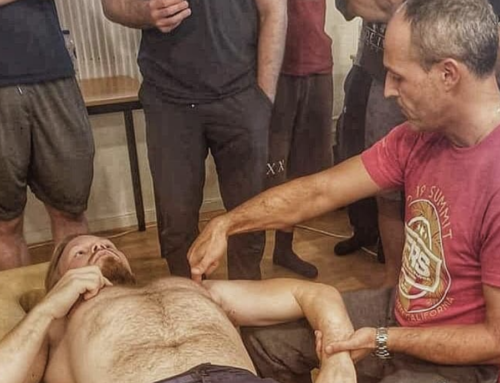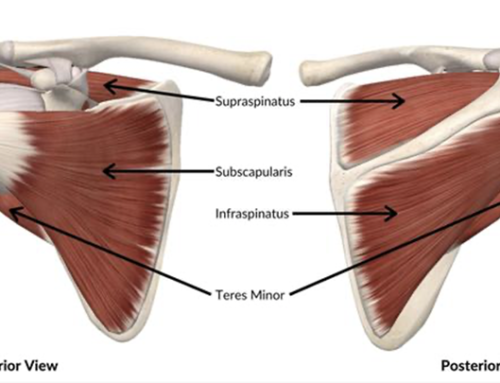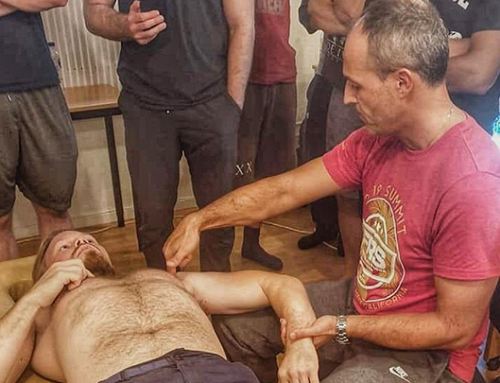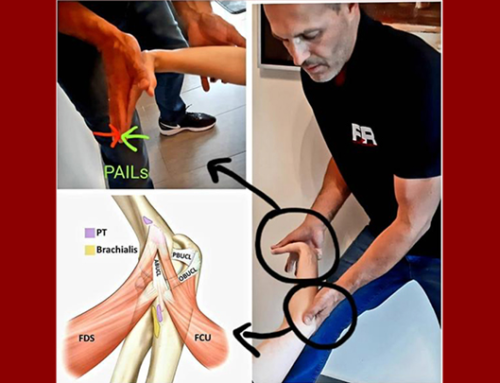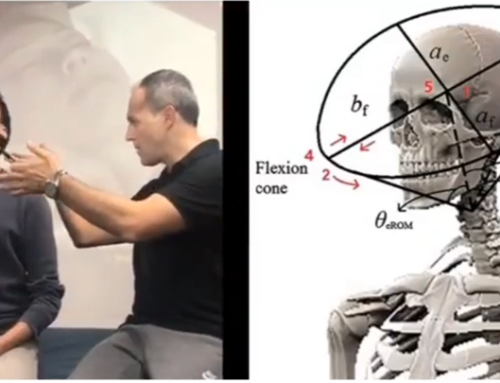Research Review: Joint Angle Specific Neuromuscular Adaptations
By: Dr. John Saratsiotis, FRS Master Instructor @DrJohnSaratsiotis:
One of our obligations to the FRS community is to continuously provide you with information that will justify the system and our thought process.
One of the goals of the most useful tools of the FRS system (PAILs/RAILs) is increasing force production at or around the joint angle adopted during training (i.e. the Law of Specificity”), so below are a couple of studies that come to support this physiological rule.
Noorkoiv et al (2014) examined angle-specific neuromuscular adaptations in response to isometric knee extension training at short (SL, joint angle 38.1° ± 3.7°) versus long (LL, 87.5° ± 6.0°) muscle lengths.
The results of the study indicated that in short lengths (the regressive angle) there was an increase in MVC force production as well as a joint angle specific increase in neural drive specific to the agonist. This is in-line with similar studies such as those presented during the Second FRS Summit on Linear Loading. Noorkoiv et al. also showed that fascicle length slightly increased in both short and long length training. Specifically, for long-length training (the progressive angle), an increase in muscle volume (hypertrophy) and cross-sectional area (CSA) was observed. These findings of greater strength gains and architectural changes are most likely due to the increased tensional stress placed on the muscle-tendon complex as a result of being in a lengthened position. With respect to force production, broader, rather than joint specific, adaptations were seen in long-length training. The authors note that It can be argued that the change in force did not reach significance because force did not change at a specific joint angle as it did in short length.
In a more recent study (Martinez-Cava et al., 2019), looking at training either at full ROM or at one-third ROM and bench press performance, in strength trained males, strength gains after bench press training are range of motion specific, in so far as strength gains are greatest when tested with the exercise range of motion used in training (again, follows the Law of Specificity). Additionally, in this specific study, full ROM training seems to cause greater gains in strength at all tested exercise ROMs in comparison to partial ROM training (the authors claim the underlying mechanism is unclear). Also, it is interesting that the strength gains in the one-third ROM bench press test were greater after full ROM training than after one-third ROM training.
Noorkõiv M, Nosaka K, Blazevich AJ. Neuromuscular adaptations associated with knee joint angle-specific force change. Med Sci Sports Exerc. 2014 Aug;46(8):1525-37. (Free article access below)
Martínez-Cava A, Hernández-Belmonte A, Courel-Ibáñez J, Morán-Navarro R, González-Badillo JJ, Pallarés JG. Bench Press at Full Range of Motion Produces Greater Neuromuscular Adaptations Than Partial Executions After Prolonged Resistance Training.. J Strength Cond Res. 2019;10.

